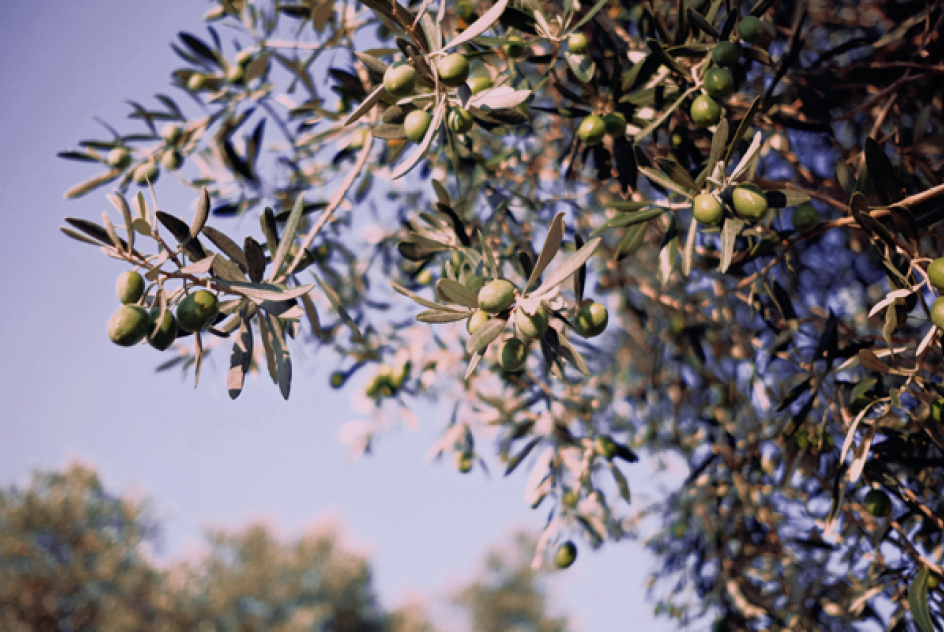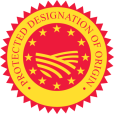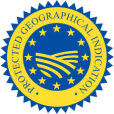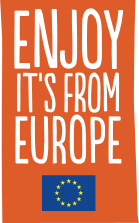
Quality
Highest standards of quality at every step of the journey to your plate
When it comes to taste, stringent production standards and quality controls are guaranteed for EU agricultural food products. Throughout Europe, skilled farmers and producers have mastered local techniques paired with innovative agricultural methods and storage technologies. Each product is labelled, so you can trace the ingredients and nutritional information back to their origins anywhere in the EU.

Safety
No compromise on food safety
Food safety is an absolute priority in the EU, one that is based on trust and traceability. Strict health and safety standards monitor everything from pesticides to packaging, disease prevention to hygiene rules and more. Routine controls and mandatory labelling help to protect not only human health but also the health of plants, animals and the environment.

Authenticity
Traditions and local practices behind authentic tastes and recipes
Centuries of tradition, handed down from generation to generation, give European food its own authentic flavour. Protected designation of origin (PDO) and Protected geographical indication (PGI) labels guarantee that the European products you buy are fully or partially made in their specific region of origin, using know-how and techniques embedded in the region. Both the PDO and PGI labels connect a product’s name to a specific area of production in Europe, ensuring it can’t be reproduced elsewhere.

Sustainability
Foodies care about sustainability
The future of European gastronomy depends on a food system that is in harmony with the natural environment. Greener EU policies and standards target the entire chain of production and distribution of EU agricultural food products. Organic farming practices, including more efficient energy and water use and pesticide limitations, are a few of the ways European farmers and producers are helping to mitigate climate change and preserve nature.
A single entity, a single set of rules
The European Union (EU) is a political and economic union of 27 Member States. With an estimated population of about 446 million, the EU is one of the largest trading blocs in the world, including the agri-food sector, which employs over 4 million workers and over 300 000 businesses.
The European food system is recognised and trusted because of its harmonised, single set of food laws. The General Food Law Regulation applies to all EU and national measures relating to food and feed, pertaining to the production, processing and distribution of all EU agricultural food products. The core objectives of this legislation include ensuring food safety, improving food quality and generating consumer confidence.
EU food law protects as much the consumer, by guaranteeing high-quality and safe agricultural food products, as the health of the planet.
The EU mark of quality
The uniform legislation enables consumers to trust high-quality products and make informed choices using EU-wide certified labelling schemes. To protect the reputation, unique characteristics of specific EU products and their names, as well as the regional production processes and traditions that shape culinary heritage throughout Europe, EU has introduced the Geographical indications (GIs) quality schemes: the Protected Designation of Origin (PDO) and the Protected Geographical Indication (PGI).
GIs are increasingly recognised as intellectual property, protecting EU agricultural products on the market in Europe and internationally, while also helping producers to market their products better. Product names can be granted a 'geographical indication' (GI) if they have a specific link to the place where they are made.
At the same time, the EU organic logo certifies the production of high-quality products with low environmental impact.
Only products fulfilling specific criteria receive these distinctions.

Protected Designation of Origin (PDO)
Food and drink product names registered as PDO are those that have the strongest links to the place in which they are produced. For a product to be listed as PDO, all aspects of production, preparation and processing must take place in the specified region of origin.

Protected Geographical Indication (PGI)
PGI emphasises the relationship between the specific geographic region and the name of the product, where a particular quality, reputation or other characteristic is essentially attributable to its geographical origin. At least one stage of production must take place in the specific region.

European Organic logo
The EU organic logo can only be used on products that have fulfilled strict conditions on how they must be produced, processed, transported and stored. Products carrying the EU organic logo contain at least 95% of organic ingredients and additionally respect further strict conditions for the remaining 5%.
The European food safety model
Food safety legislation
The European Union’s laws and standards are harmonised and mandatory for all EU countries, but also apply to imported and exported goods. The European Food Safety Authority (EFSA) supports EU policymakers with scientific advice on food safety issues.
Food safety controls
The effectiveness of the legislation is ensured through food safety controls at 3 levels: European, national and business-operator level. In addition to controls, the EU also provides trainings to food authorities to make sure that all standards and regulations are applied correctly.
Consumer information
The European model also promotes an active dialogue with consumers through consumer information. All European citizens have the right to know how the food they eat is produced, processed, packaged, labelled and sold. Mandatory food labelling gives consumers clear information about the food on their plates and helps them to make healthy food choices.












